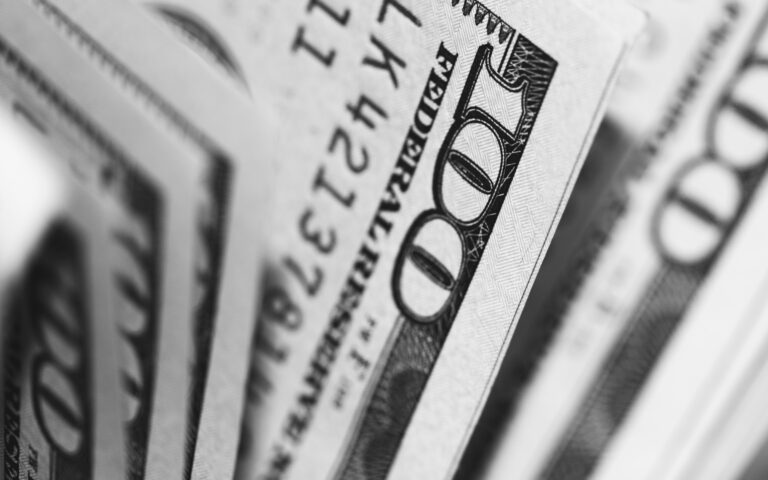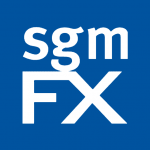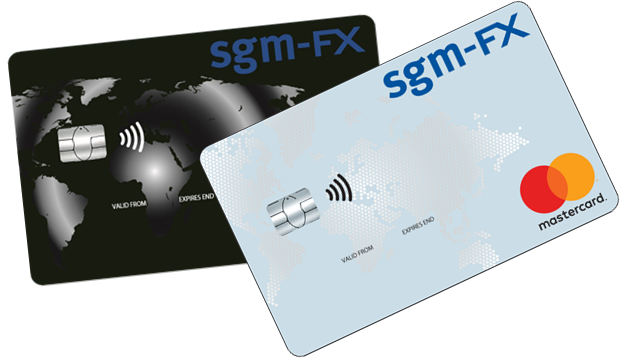
Morning Brief – Losers
It’s a sad state of affairs for the G9 currencies versus the behemoth of their group, the US Dollar. So far this week, the US Dollar has continued its advance to supremacy over its highly liquid, yet less heavily traded, 9 colleagues. Between the 13th and 19th of November, the US Dollar was the only G-10 currency that saw investors add to their net long positioning within foreign exchange markets. The Dollar over this period has been supported by continued uncertainty in the trade war negotiations between the United States and China. Last night’s signing of the Hong Kong act into law by President Trump threatens to prolong those tensions and consequently sustain USD strength.
Those currencies that have seen net short movements in speculative non-commercial positions include the Euro, the Pound, the Yen, the Aussie, New Zealand and Canadian dollars, the Franc and the Norwegian/Swedish Krona. The most severe movement within the G10 space was a 6.5% reduction in open interest within the Canadian Dollar. CAD slipped back to 17% net long positioning versus 23.5% of open interest the week before. The measures of open interest in this ‘CFTC’ data represent the net directional positioning of speculative investments. A net 17% long position therefore means that when the volume of shorts has matched the mass of long positions there remains 17 Pound in every 100 of the open market interest (those participants that have put their money where their mouth is) betting on a rise in that currency.
The dissipating momentum in the Canadian Dollar is driven by the monetary policy u-turn by central bank governor, Steven Poloz. Whilst the data does not yet account for the hawkish monetary policy speech given by the governor late last week, the severe position adjustment has caused the Loonie to fall by a couple of cents versus the Greenback in the past few weeks. If you recall a few weeks ago when we wrote about the emergence of CAD as the highest yielding G-10 currency on the eve of the Federal Reserve’s move to cut rates, it’s easy to see that the fall from grace is one purely of monetary policy and specifically interest rate expectations.
Other commodity currencies that sit beside the Canadian currency saw investors cast a shadow over their outlook too. The Aussie and Kiwi Dollar took beatings to their positioning by 1.9% and 2.4% respectively. The general risk off tone surrounding foreign exchange markets isn’t limited to Dollar outperformance, it’s also symptomatic of a low volatility environment. So what do we need to kick the life back into foreign exchange?
Volatility has historically been driven by divergence in central bank policies across the globe. Right now, given a global slowdown and deteriorating terms of trade, monetary conditions throughout the globe are becoming looser, resulting in a general lack of movement. There are concerns that I for one share that the indebtedness of the global economy renders this systemic rather than situational, however, a divergence in policy and economic fortune will still warm up FX markets. We therefore need something to move the dial.
I offer you Monday 16th December. CLEAR. On this day, we will have learned the fate of the UK General election and therefore probably Brexit, the first monetary policy decision of Christine Lagarde will have shown us the fate of Eurozone monetary policy, and we will have learned, by the 15th of December, whether President Donald Trump will let China off of 15% tariffs on USD 160bn of Chinese imports. This date should be the first trading day of a new path to global (dis)resolution and even pave the way for diverging economic and therefore monetary fortunes.
Discussion and Analysis by Charles Porter

Click Here to Subscribe to the SGM-FX Newsletter
Related Insights

Daily Brief – Weren’t Tariffs USD Negative?
Weren’t Tariffs USD Negative? The Dollar proved sensitive to headlines regarding trade during the US overnight session. However, contrary to what many commentaries would have you believe, as the risk of tariffs escalated the Dollar rose. The 90-day pause following Trump’s April ‘liberation day’ tariffs had been set to expire this coming Wednesday. To the […]

Daily Brief – Dollar Reserves
Dollar Reserves With the passing of Trump’s original deadline for the reimposition of liberation day tariffs yesterday, markets have breathed a sigh of relief. July VIX futures continued to slide lower. Moreover, what may surprise anyone who had been expecting the issue of tariffs to resurface following the passing of Trump’s new deadline, so too […]

Daily Brief – Big Girls Don’t Cry
Big Girls Don’t Cry A bond market tantrum and one of the sharpest one day sell offs in Sterling for several years appear to have been catalysed by the Chancellor’s appearance in PMQs yesterday. First: the back story. This Labour government has faced some embarrassment in recent weeks trying to get its welfare bill through […]



 Charles Porter
Charles Porter